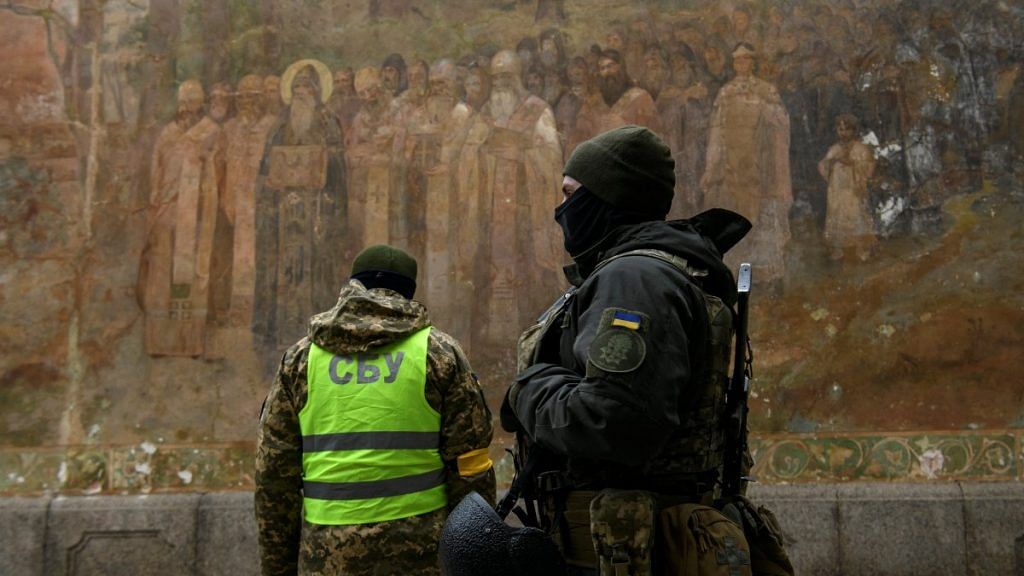When Ukrainian troops recently liberated Kherson after an eight-month Russian occupation of the city, something deeply symbolic was missing.
True, by then many things had vanished. Works by renowned Ukrainian painters like Ivan Pokhitonov, stolen from the art museum. And artefacts looted from the history museum. But Russian troops had also carted away the bones of Prince Potemkin, a legendary confidant of Czarina Catherine the Great – removing an emblem of historic ties to Russia from a country now trying to square that history with its need to move forward on its own.
The efforts underway to pilfer and destroy Ukrainian cultural heritage are egregious. And they underline the importance of an international treaty on safeguarding monuments and works of art during conflict, sealed not long after the systematic plunder of World War II.
As of 21 November, UNESCO had verified damage to 218 cultural sites in Ukraine since Russia’s onslaught began, including museums and monuments. Another tally of cultural destruction, including everything from mosaics to lighthouses to church libraries, is nearing 530.
There’s also some accounting of what’s been saved; one initiative says it’s managed to preserve 150 collections of Ukrainian folk art, icons, and artefacts. The fate of other objects is less certain.
In Melitopol, east of Kherson, Russian troops reportedly looted priceless relics of the Scythian empire that once ruled the region. In Mariupol, further east, thousands of pieces of art were allegedly stripped from local museums.
Assaulting a nation’s cultural heritage can have far-reaching impacts. It’s been equated with attacking freedom of thought, conscience, and religion – and described as a critical component of genocide.
When ISIS militants detonated temples in the ancient city of Palmyra in Syria several years ago, or the Taliban destroyed ancient buddha statues in Afghanistan many years before that, much more was at stake than just tourism revenue.
That’s because carving a statue, building a temple, or painting on a canvas is a means to reach out across historical eras – and attempt to explain to whomever happens to be unearthing these things who you were, and what you valued.
In Ukraine, there are fears that escalating cultural heritage destruction is part of a strategy to undermine not just the country’s desperate bid to remain wholly independent, but also Ukrainian identity itself.
What’s happening in Ukraine adds to a long history of looting and cultural destruction that’s caused lasting damage.
Europeans have committed such state-sponsored plunder overseas, in places like China and Africa. It’s also been commonplace closer to home.
One example: in 1648, after invading Swedish soldiers ran into a stalemate on a bridge that’s now mostly besieged by tourists in the Czech Republic, they left for home with booty including a prized, 6th-century “Silver Bible.”
The book remains in Sweden.
Setting global rules for cultural heritage protection
As was the case with other issues, World War II served as a catalyst to address cultural heritage protection with a set of international rules.
The war had unleashed a sweeping campaign of Nazi plunder, which helped pay to bolster domestic support for the regime while financing further aggression abroad. In Ukraine, then part of the Soviet Union, Nazi looting targeted cultural items including museum art in Kherson and silver ritual objects owned by the city’s Jewish community.
Art stolen from Jewish families during the war, in Ukraine and beyond, continues to be restituted; the heirs of a Jewish cabaret star in Austria who was murdered in a concentration camp recently recovered a pair of Egon Schiele drawings he’d owned. They put them up for sale to fund a foundation for performing artists.
This article was originally published in the World Economic Forum.
